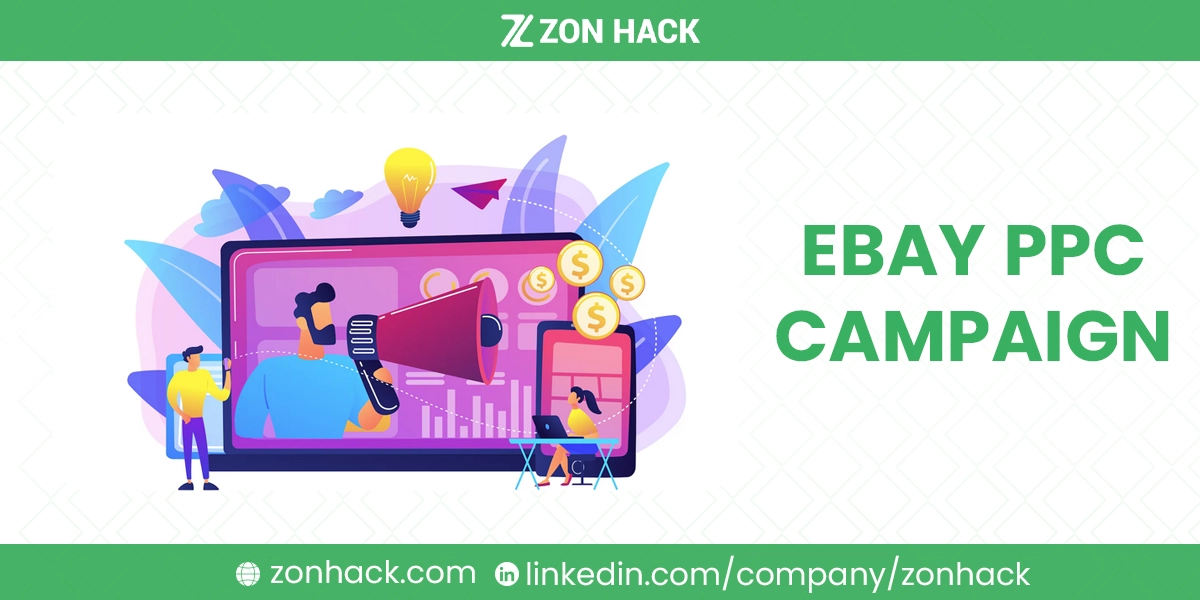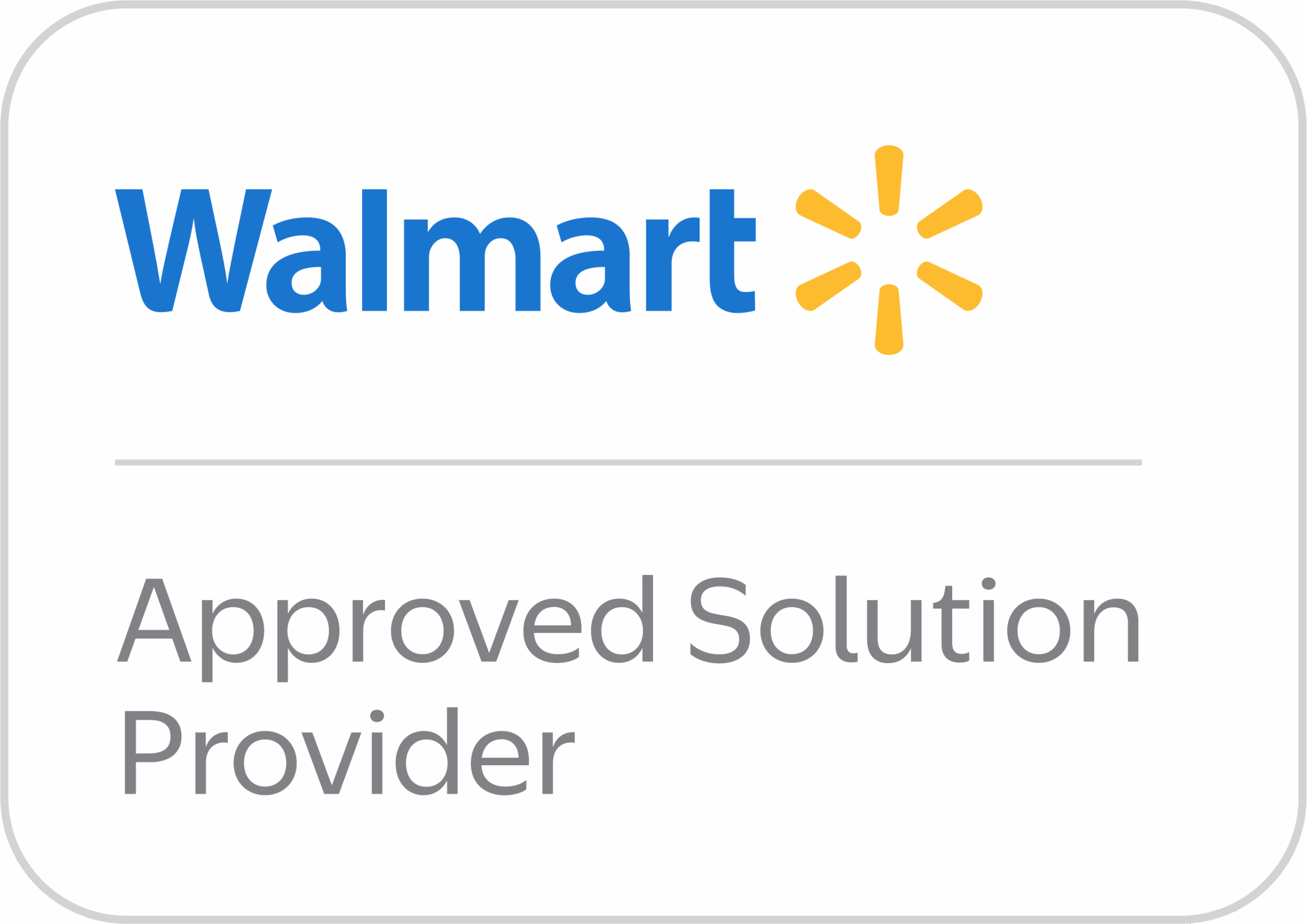When you’re selling on eBay, getting noticed is half the battle. With millions of products fighting for attention, standing out can feel like searching for a needle in a haystack. That’s where eBay’s advertising tool—Promoted Listings—steps in.
Think of it like giving your products a VIP pass. You pay to push your items higher in search results and on key placements. Done right, it can boost visibility, drive traffic, and increase sales. The good news? eBay offers two main strategies, so you can choose the one that matches your selling goals and budget.
Understanding the Promoted Listings Strategies
When it comes to getting my products in front of potential buyers on eBay, I have two main choices under the Promoted Listings umbrella. These two strategies cater to different needs and risk tolerance, which is why I find it so helpful to understand the nuances of each.
General (Standard) Strategy: Pay-Per-Sale (Cost-Per-Sale – CPS)
This is the low-risk, easy-entry option that I often recommend for sellers who are just dipping their toes into eBay advertising or who have a large number of listings they want to boost with minimal fuss.
I really appreciate the simplicity of the General strategy. It’s a Pay-Per-Sale model, which means I only pay an advertising fee if a buyer actually clicks on my promoted listing and buys the item within 30 days. Think of it like this: I’m giving eBay a commission for a sale they helped me make, and if they don’t help me make the sale, I don’t owe them a penny.
The main feature here is the increased visibility across various high-traffic areas on eBay, including search results, product pages, and even the “similar items” section. When I set up my campaign, I choose an Ad Rate, which is a percentage of the final sale price. eBay gives me a suggested rate based on current competition, but I can adjust it. I like that I have control over this percentage, which helps me manage my profit margins effectively. This strategy is best for me when I’m looking for broad visibility and want to boost sales for listings that are already performing pretty well organically. It’s a great way to scale up without a huge upfront commitment.
Priority (Advanced) Strategy: Pay-Per-Click (Cost-Per-Click – CPC)
The Priority strategy is where the true “PPC” action happens, and I often turn to this when I need a more aggressive, targeted approach. It’s a Pay-Per-Click model, meaning I pay a small fee every time a valid buyer clicks on my ad, regardless of whether they end up buying the item.
With Priority Promoted Listings, I get access to priority ad placements—the highly sought-after spots that often appear right at the top of search results. What makes this advanced is the control it gives me. I can dive deep into targeting by selecting specific keywords that I know my ideal customer is searching for. I also have control over my bidding, setting a maximum Cost-Per-Click (CPC) that I’m willing to pay. This strategy is best for me when I’m launching a new product, trying to dominate a competitive keyword, or when I want absolute control over my ad spend and targeting. It requires a bit more expertise and monitoring, but the higher visibility and precise targeting can lead to faster growth and market share. It’s my go-to when I’m laser-focused on growth and have a bit more experience managing ad budgets.
How to Set Up a Promoted Listings Campaign?
Setting up an eBay Promoted Listings campaign is surprisingly user-friendly, and I manage almost everything through the Seller Hub. I want to walk you through the steps I follow, as it makes the process less intimidating.
I start by logging into my eBay account and heading straight to the Seller Hub. This is my control center for everything, including advertising.
Step 1: Navigate to the Advertising Tab
Once I’m in the Seller Hub, I click on the Advertising tab. This section is dedicated to all things related to promoting my listings and tracking my ad performance.
Step 2: Create a New Campaign
Within the Advertising tab, I look for and select the Create new campaign option. eBay will then prompt me to choose the type of campaign I want to run. I select Promote your listings.
Step 3: Select a Campaign Strategy
This is where I make the critical decision between the two strategies we just discussed:
- General (Standard): If I choose this, I then set my Ad Rate. I look at eBay’s suggested rate, which is usually a great starting point, and adjust it based on my profit margins and how aggressive I want to be. I want a rate that gives me a good shot at the ad placement without eating too much into my profit.
- Priority (Advanced): For this option, I first set a Target Daily Budget. This is a safety net; eBay will try not to spend more than this amount each day. Then, I select my Targeting Strategy: Smart Targeting or Manual Targeting.
Step 4: Add Listings to Your Campaign
Now I need to tell eBay which items I want to promote. I can do this in a few ways:
- Manually: I pick and choose individual listings.
- In Bulk: I use filters or my saved categories to select many listings at once.
- By Rule: I set up an automated rule (e.g., promote all items in the ‘Men’s T-Shirts’ category that are priced over $15).
I often group similar items together into Ad Groups, especially for Priority campaigns. This helps me keep my focus tight and ensure my targeting is super relevant to the items being promoted.
Priority (PPC) Campaign Specifics
The Priority campaign is where the real power of PPC-style advertising comes into play. Since I’m paying for every click, I have to be smart about who I’m targeting and how much I’m bidding.
Smart Targeting
When I select Smart Targeting, I’m essentially handing the reins over to eBay’s sophisticated algorithm. This is a great choice if I don’t want to spend hours doing keyword research. eBay automatically analyzes my listings and determines the most relevant buyers to show my ads to. It also dynamically adjusts my bids to maximize my visibility and potential sales within my set daily budget. I use Smart Targeting when I have less time, or for a broad range of products where I trust eBay’s data to find the right buyers.
Manual Targeting
Manual Targeting is my choice when I want to be a precision marksman with my advertising budget. This strategy requires more attention but offers the greatest control.
I start by selecting the relevant keywords that a potential buyer might use to find my product. I’m thinking like a customer here. Instead of just “blue dress,” I might target “royal blue cocktail dress size 8.” For each keyword, I set a Maximum CPC (Cost-Per-Click) bid. This is the absolute highest amount I’m willing to pay for one single click. I carefully monitor my campaigns, adjusting my bids based on performance. If a keyword is getting lots of clicks but no sales, I might lower the bid or pause it. If a keyword is bringing in huge sales, I might increase the bid to gain more visibility. It’s a constant, engaging process of optimization.
Finalizing and Launching Your Campaign
Before I hit the launch button, I make sure all the details are squared away.
Set Campaign Details
First, I give my campaign a clear, descriptive Name (like “Q4 High-End Electronics – Priority CPC”). This is important for tracking and reporting later on. Then, I set a Start Date and an End Date. For evergreen products, I often choose to run the campaign continuously, but for seasonal items or holiday pushes, I make sure to set a firm end date so I don’t waste budget after the selling window closes.
Launch Your Campaign
Once I’m confident in my choices—my strategy is set, my listings are added, and my budget/rate is defined—I launch the campaign. The work doesn’t stop here, though! The next crucial step is to monitor my performance closely using the reporting tools eBay provides. I look at impressions, clicks, conversion rates, and the Ad ROI (Return on Investment) to ensure my advertising dollars are being spent wisely.
Conclusion
Promoted Listings are eBay’s way of giving sellers a chance to stand out in a crowded marketplace. Whether you go for the safer General strategy or the more aggressive Priority option, both can deliver real results if used wisely.
The key is choosing the right approach for your goals, keeping an eye on your data, and adjusting as you go. Remember—ads are not magic. They work best when your listings are already optimized with great titles, clear photos, and competitive prices.




